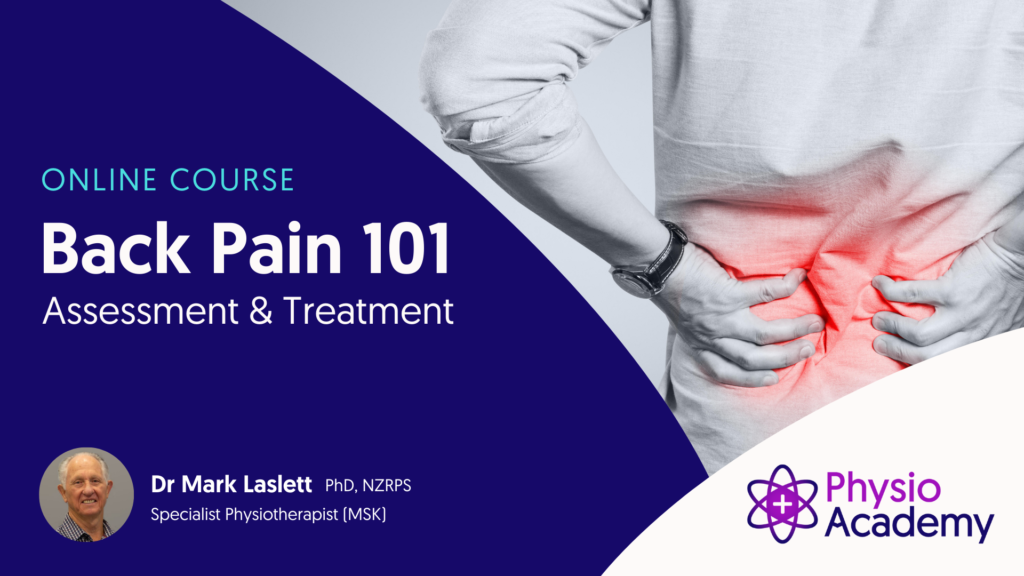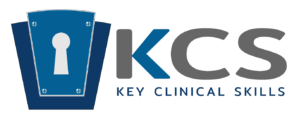For physiotherapists who have graduated recently or are starting to learn management of back pain patients.
This course teaches practical hands-on assessment and management of people with LBP. Learn how to identify which patients you can manage yourself with good quality basic care and identify those patients who need more advanced knowledge/experience or referral for specialist advice or intervention.
Covered in the course:
- Red flags
- Clinical history
- Physical examination of LBP
- Simple LBP treatment
The use of video presentations, real patient video cases, plus easy to use interactive forms for clinical notes, will give you the confidence to assess and manage people with low back pain.
You also get complimentary 60-day access to Quick Q&A online questionnaire service to help you efficiently identify patients with red flags and those with a high risk of experiencing persistent pain.
Chapter 1: The Clinical History.
This chapter will step you through the definition and terminology of low back pain, essential screening questionnaires for red flags and risk stratification, how to take a basic clinical history integrating the questionnaire scores, and presents a real-patient case study to show how the clinical history works in the practice setting.
Chapter 2: The Physical Examination.
This chapter will teach you how to conduct a basic physical examination for a patient with LBP. This includes observation, range of motions testing and basic neurologic screening examination and talks you through clinical reasoning process to help interpret the results of physical examination tests. A video of a physical examination shows you how this works in the clinical setting.
Chapter 3: Treatment.
This chapter will teach you how to treat those patients with mild or moderate pain and with low or medium risk of persistent pain. You will learn how to do the simple things well: an extension protocol, a flexion protocol, and how to select which protocol to use. Learn the specifics of what advice to give, what exercises and posture instruction to recommend, what self-treatment works for most of these patients. Learn how to follow up, progress and discharge patients. Learn basic reporting for back pain patients
Learning outcomes:
- Knowledge of prevalence and impact of back pain on the individual and society
- Able to carry out an evidence based clinical history
- Able to select appropriate questionnaires to identify red flags
- Use the StartBacK screening tool to assess psychosocial distress and risk of persistent pain.
- Identify cases with possible radicular pain and/or radiculopathy
- Able to identify that subgroup of patients suitable for basic level guideline care, and those patients who require more advanced or specialist level care
- Able to do a standard physical examination that includes observation, differentiating between normal asymmetry and relevant deformity, neurologic screening for nerve root compression.
- Able to select appropriate treatment protocols for each patient.
- Lean to follow up in a timely and appropriate manner.
- Able to discharge patients in a timely and appropriate manner
Able to adequately document baseline, initial and follow up assessment/treatment findings in clinical notes.
Registration through KCS provides you with a 10% discount to this high-quality program from a leading Physiotherapy educator. The discount code is provided by completing the popup form and is sent to the provided email. Upon purchase through Physio Academy access is given for 60 days.


